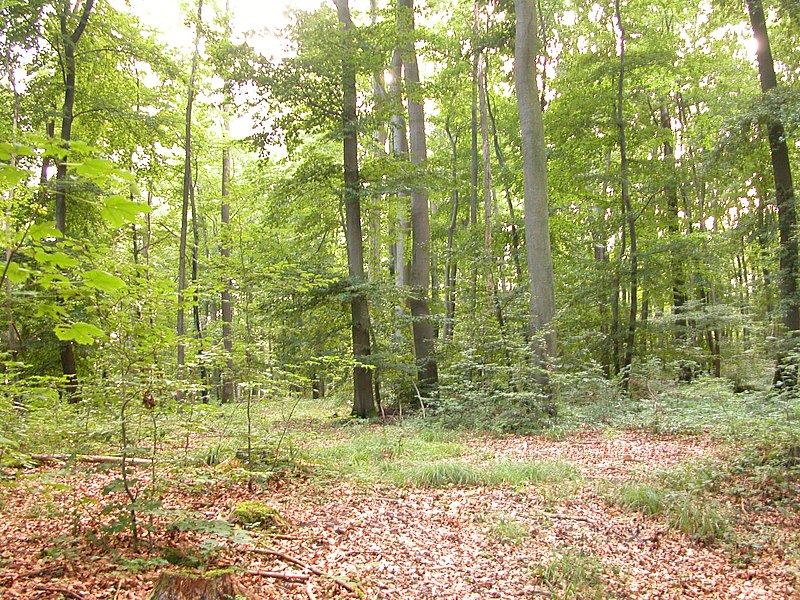
Drax, a power company in the UK, has come under scrutiny for continuing to burn wood from some of the world's most valuable forests, despite receiving £6bn in green subsidies.
Documents obtained by Panorama reveal that Drax sourced timber from rare forests in Canada, despite earlier claims that these areas were off-limits.
The controversy arises as the government deliberates on whether to grant billions more in environmental subsidies to Drax's Yorkshire facility, which is funded by energy consumers. Drax defends its actions, asserting that its wood pellets are sustainably and legally harvested.
The Drax Power Station, located near Selby in North Yorkshire, has been converted from a coal plant to one that burns wood pellets, contributing approximately 5% of the UK's electricity in 2023. Despite being classified as renewable energy, the station emits around 12 million tonnes of carbon annually, though these emissions are not counted under international rules.
All of the 6.5 million tonnes of wood pellets consumed by Drax yearly are sourced from overseas, with many originating from the company's pellet plants in the US and Canada. However, investigations have revealed that Drax has been obtaining wood from old-growth forests, including "priority deferral areas" in British Columbia, contrary to sustainable practices.
Despite denying claims of sourcing wood from primary forests, Drax has been found to acquire whole logs from forests previously logged by timber companies. Documents from British Columbia's Ministry of Forests indicate that Drax extracted over 40,000 tonnes of wood from old-growth forests in 2023 alone.
One notable instance is the harvesting of an 87-hectare "cut block," where Drax obtained a significant portion of the harvested wood despite its classification as old growth. Similar instances were found across multiple timber marks, indicating a pattern of sourcing from endangered forests.
Ecologists have condemned Drax's actions, highlighting the irreversible damage caused to old-growth forests and native biodiversity. Despite assertions from Drax that a majority of its wood pellets are derived from sawdust and sawmill residues, critics argue that the company's practices are far from sustainable.
In response to the revelations, Drax has pledged to cease sourcing wood from priority deferral areas but continues to obtain wood from old-growth sites not designated as such. The discrepancy between Drax's actions and its sustainability claims has raised concerns about the effectiveness of current regulations and oversight.
While Drax insists that emissions from burning wood are offset by tree planting initiatives, critics argue that the long-term environmental impact remains uncertain. As the government considers extending subsidies to Drax, questions persist about the viability of relying on wood pellets as a renewable energy source beyond 2027. Photo by Oliver Herold, Wikimedia commons.




































